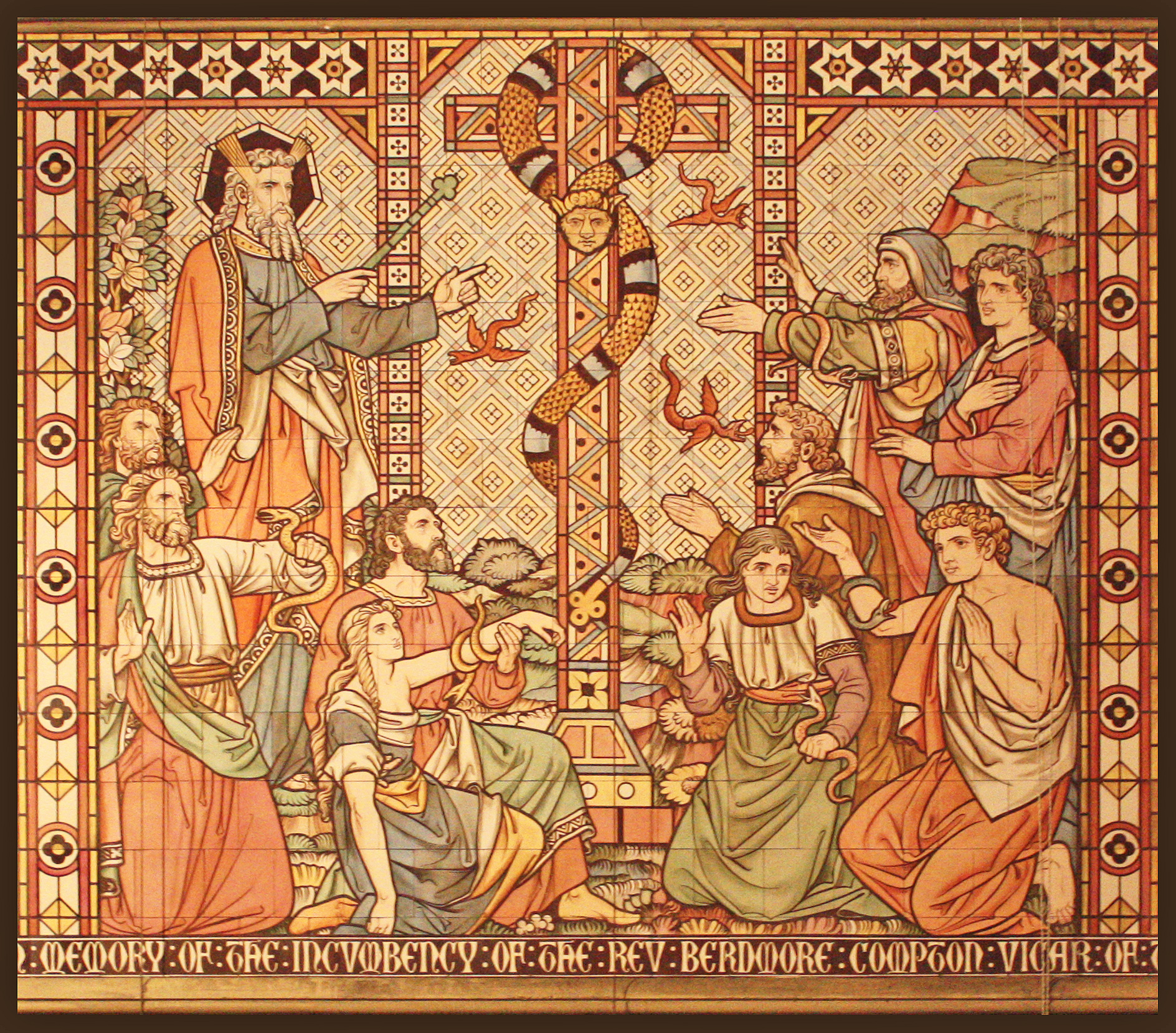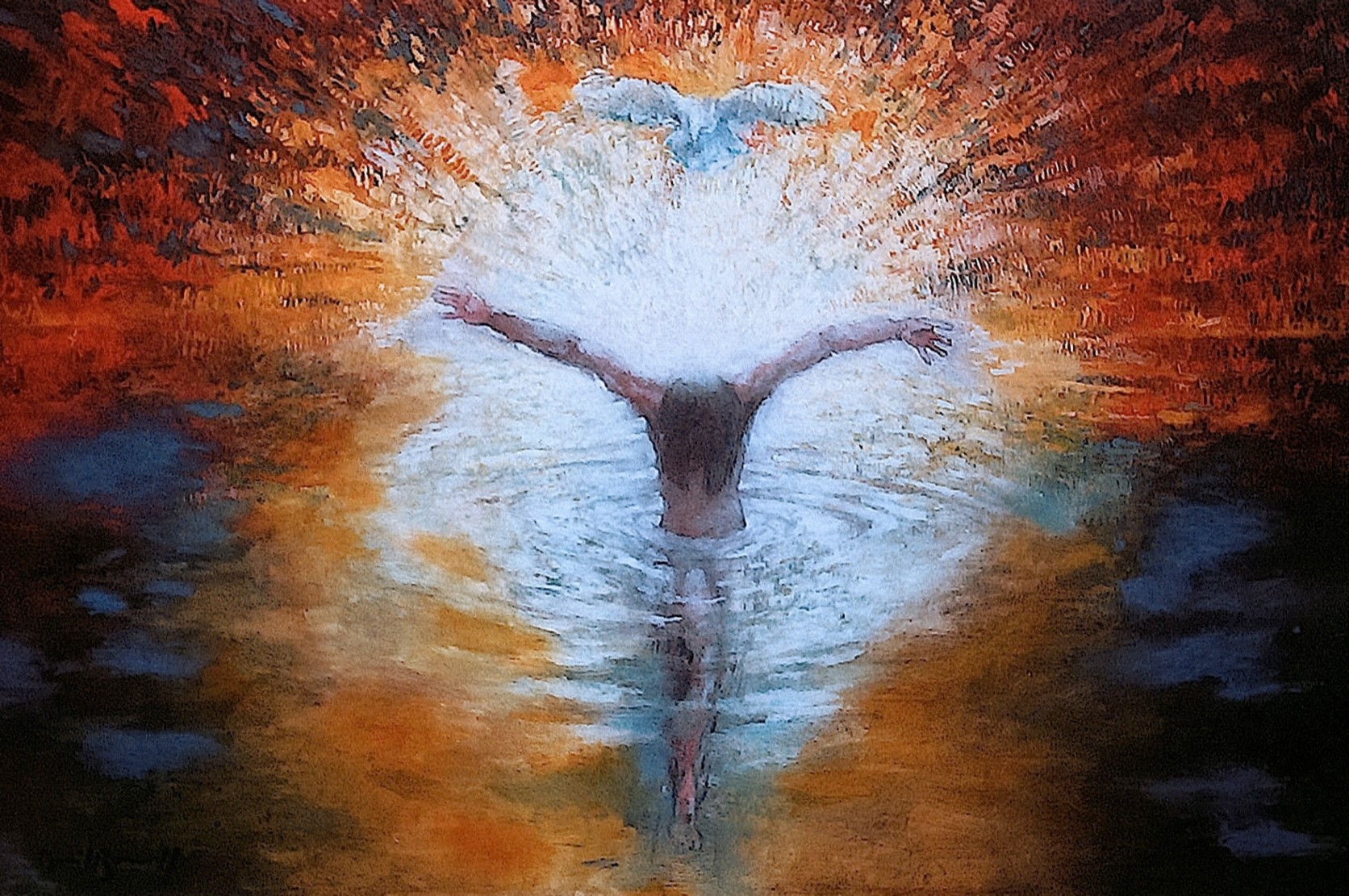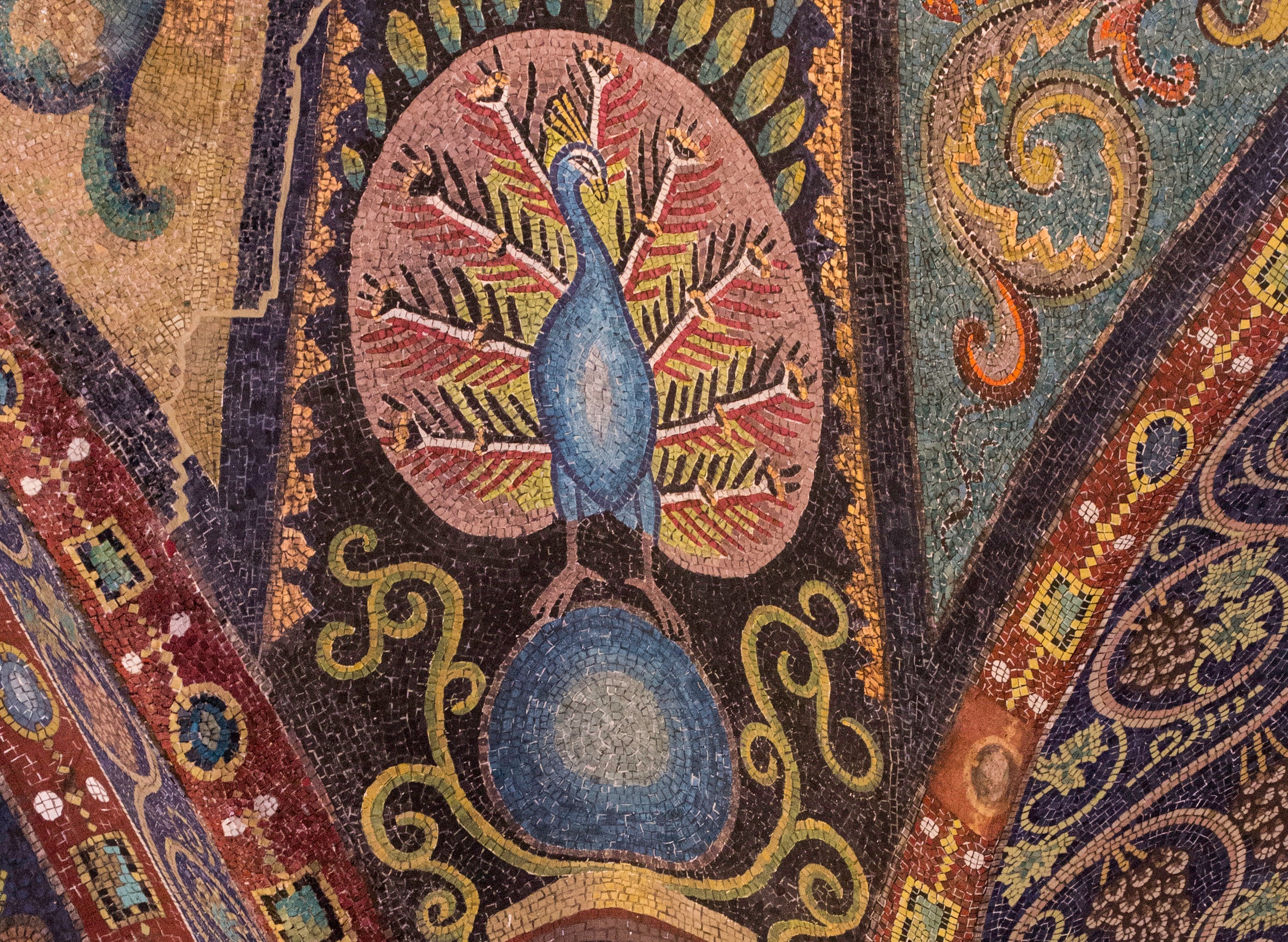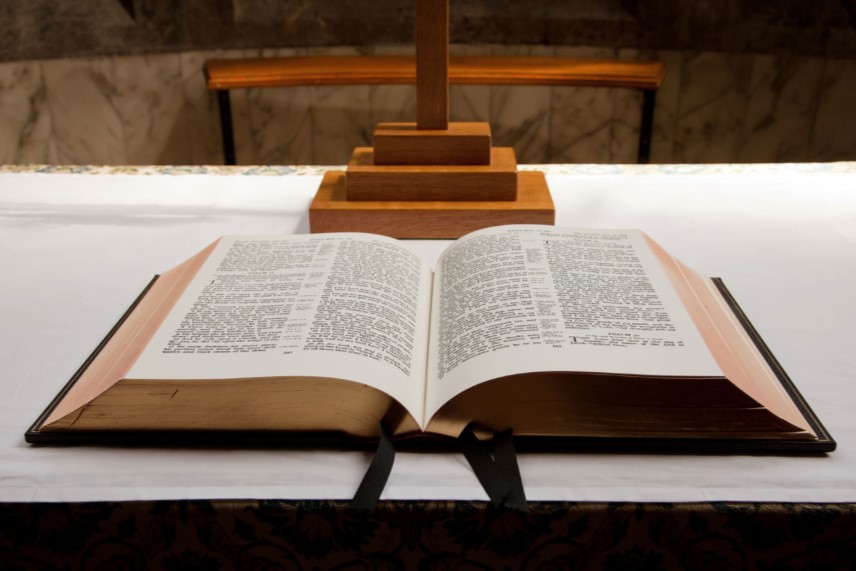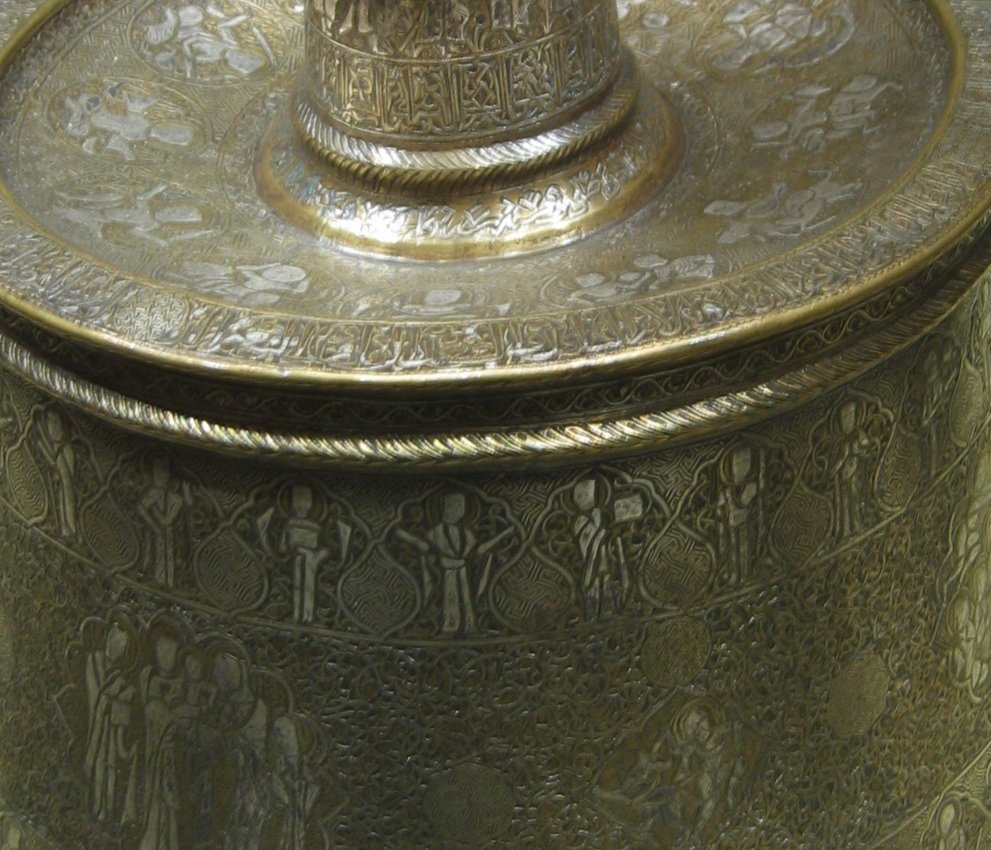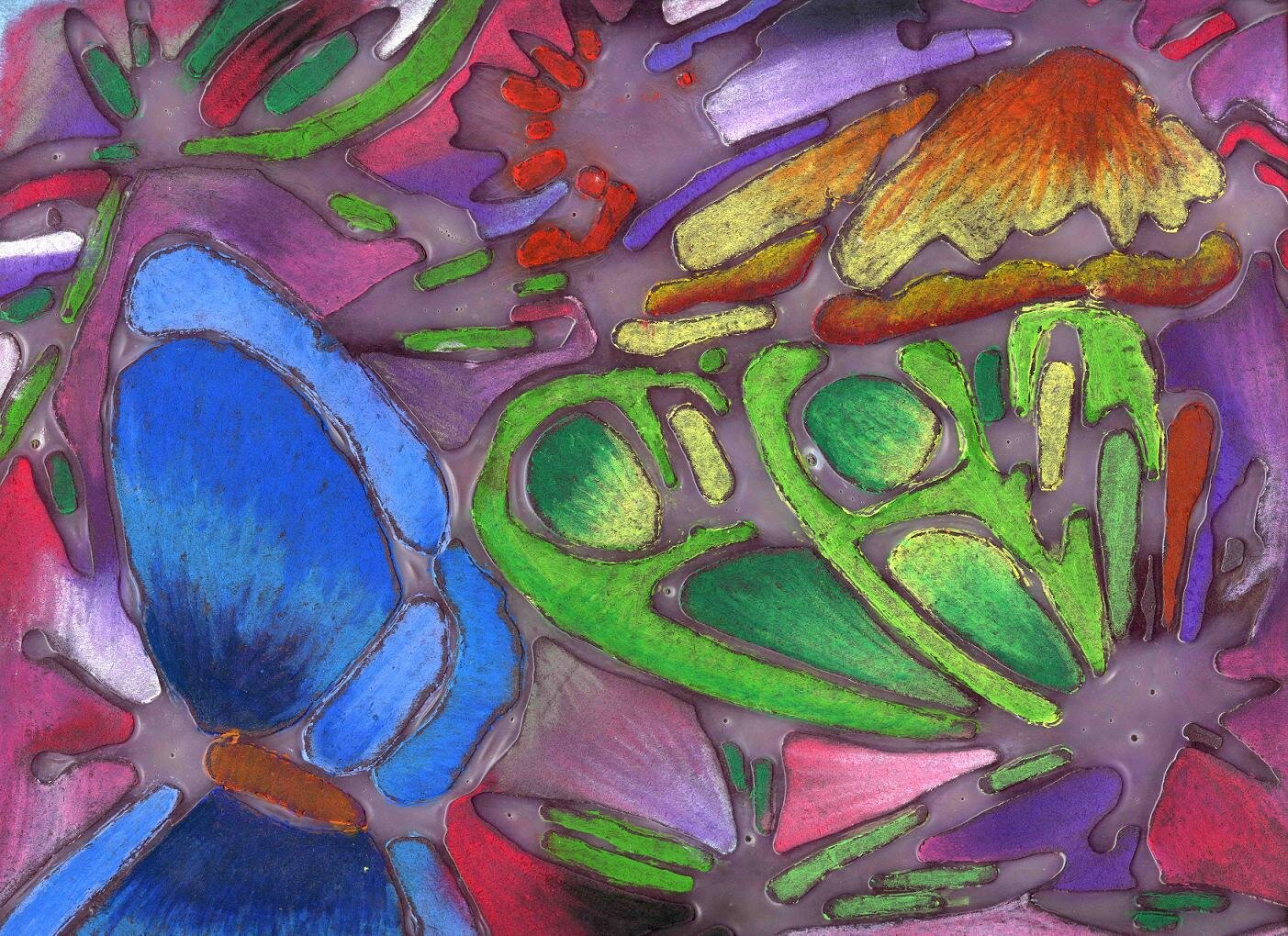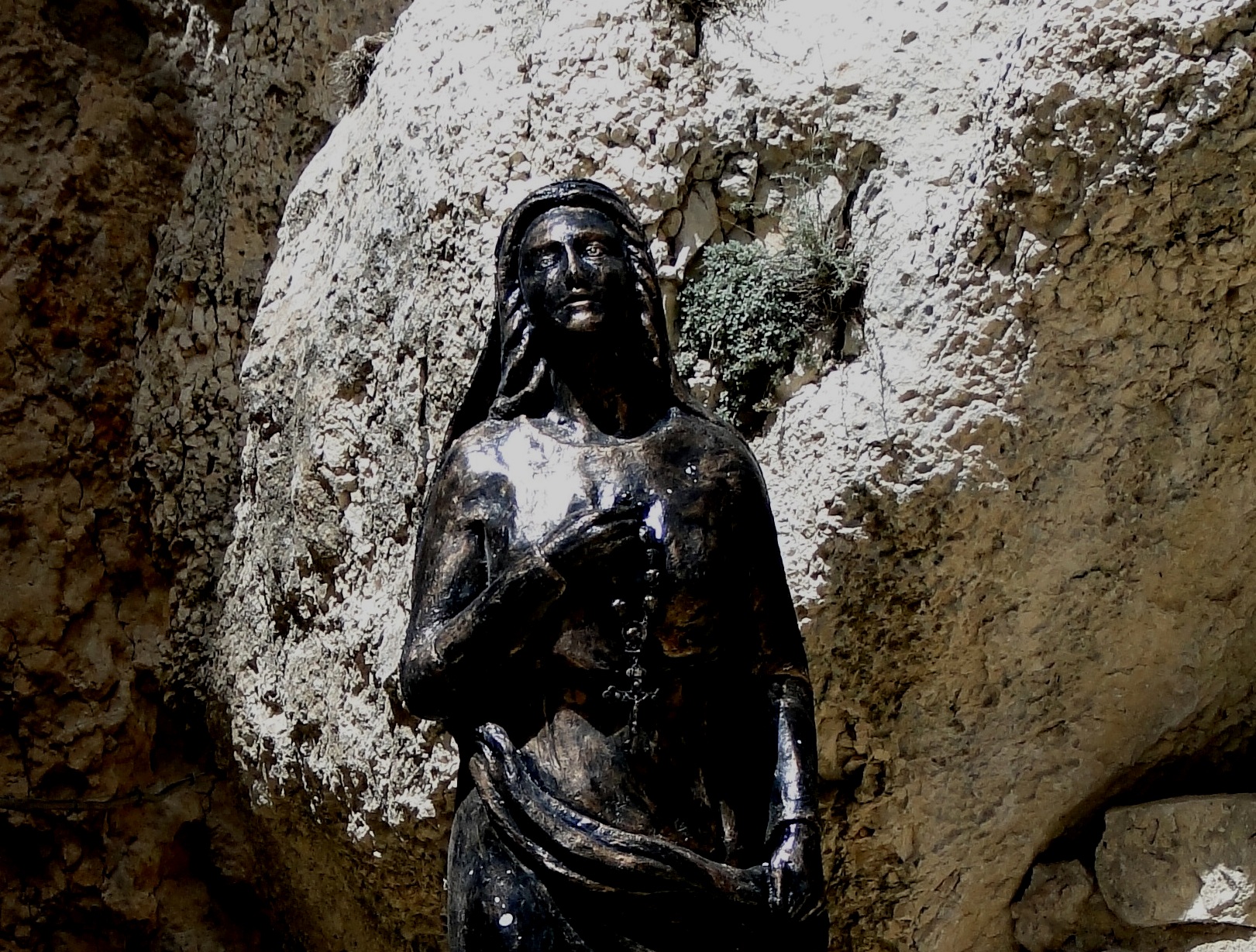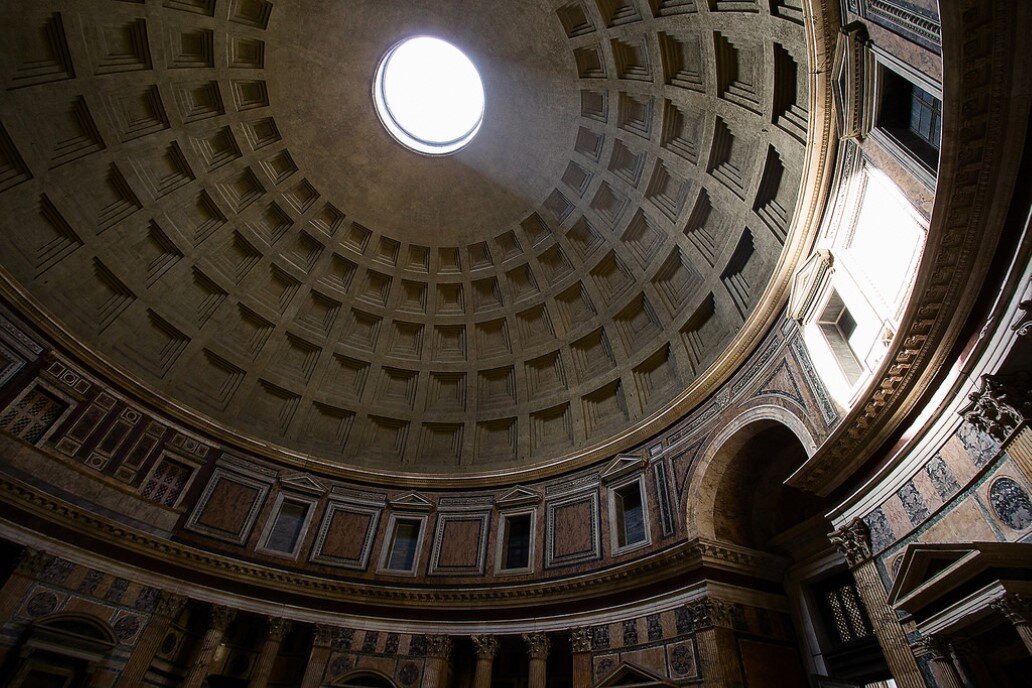The Torah
Bible Studies, Messages, Papers
Photograph: One of the five scrolls of the Pentateuch. Photo credit: Lawrie Cate | CC2.0, Wikimedia Commons.
Bible Studies and Messages from The Anástasis Center: Torah:
Below are messages, small group leader notes, and exegetical notes on the Books of Genesis, Exodus, Leviticus, Numbers, and Deuteronomy. These are together called “the Pentateuch” because they were traditionally written on five scrolls. In Hebrew, this literary unit is called “the Torah,” or “the teaching.” Click on the images below to view material by book.
Notes and Essays on the Torah (Pentateuch)
From Garden to Exile: A Thematic and Canonical Analysis of the Old Testament
There is a pattern in the canonical shape of the Old Testament literature, as divided into three sections: Pentateuch; Prophets; Writings. Each section begins with a garden or garden imagery. Each section ends with a state of exile yet hope for restoration. Biblical scholar John Sailhamer calls these ‘compositional seams’ linking and holding together books of the Bible. The arrangement of the books within each division reinforces the story and significance of garden to exile. Hope builds on itself.
The Chiastic Structure of the Pentateuch
Notes on how the Pentateuch possesses a chiastic literary structure. This structure is vital to observe when studying and teaching the Pentateuch. The center of the Pentateuch is the story of Moses ascending Mount Sinai, stabilizing the covenant, and returning with his face shining with divine light. Moses stabilized the Sinai covenant. Yet the Pentateuch already saw the need for a "new Moses" who would not simply stabilize the Sinai covenant, but circumcise the human heart, and invest God's glory into the human face -- in fact, all of human nature.
Does the Bible Have Evidence of God's Design? A Sociological Glance
This series of case studies explores the relationship between the biblical material and the prevailing cultures around them, or similar cultural situations from other time periods, to show they were not easily bullied by their cultural context. Most of the examples draw from the Pentateuch, or Torah. These case studies invite you to see if the human authors of the biblical text would have invented these ideas.
Slavery in Christianity, Part 1: Slavery in the Bible, Slavery Today
Research and slides which explores the Old Testament, then the New Testament. It looks at what the Hebrew "ebed" service meant in context, and then what Greek "duolos" meant and how the New Testament understood the various ways people could enter servitude. It uses a sociological approach, exploring different ways in to becoming an “ebed” or “duolos,” what rights and responsibilities those roles had, and how one could leave and/or escape.
Is God a Misogynist? Women in the Pentateuch
Slides to a presentation broken up into two parts because they are graphic-heavy. See above for part 1 and part 2. The presentation addresses whether the narratives and laws of the Pentateuch limit the value and rights of women, and constrain their sense of vocation in relation to God and community.
The Theme of Fire in the Pentateuch
Notes for personal reflection and small group leaders on the theme of fire in the Pentateuch, beginning with the fiery sword of Genesis 3:24 as representing God’s desire to bring humans back into the garden by burning and cutting something away from human nature which was not there originally: the corruption of sin. Fire is then used to express God’s desire to purify, even when people resist divine fire and are temporally destroyed.
This long essay explores biblical passages and themes which emerge from the Pentateuch; makes an argument for medical substitutionary atonement, and criticizes penal substitutionary atonement as unbiblical. This essay has been broken out into blog posts on circumcision and the sacrificial system, which are easier to view on smaller devices.
This table distills previous work on the sacrificial system on the theme of purification; compares Moses' ascent up Mount Sinai to the high priest's entrance into the holy of holies; argues that the sacrificial system foreshadows Jesus as a medical substitute, not a penal substitute; lists patristic sources that also interpret the sacrifices as a medical, cleansing, and purifying expression. See this material in our blog post format, which is easier to view on smaller devices.
Hell as Fire and Darkness: Remembrance of Sinai as Covenant Rejection in Matthew's Gospel
This is a long essay exploring how Jesus' use of the phrase "fire and darkness" is a motif that comes from the story of God at Mount Sinai, where Israel rejects the covenant, and resists being purified by God. I consider Old Testament intertextuality, and virtually all the New Testament texts dealing with "fire" as a motif.
Why Did God Choose a "Chosen People"? Why Not Just Skip Right to Jesus?
These two questions stand behind all of the questions that we might have about God’s relationship with the people of Israel as portrayed by the Old Testament. Why did God apparently favor Abraham and Sarah and their family? Why did God protect them by taking other human life, like in the Flood, Sodom and Gomorrah, the Egyptian firstborn, etc.?
When God took human life in these occasions, it was not to supposedly demonstrate "retributive justice," but rather to protect His human partners at the time, until Jesus came among the Israelites.
The Troubling Acts of God: The Destruction of the Canaanites
Text of a message focusing on how God engaged with the Canaanites throughout the Old and New Testaments. Slides to this presentation are graphics-heavy so have been divided into part 1 and part 2. When God took human life on some of the occasions where Israel and the Canaanites came into conflict, it was not to supposedly demonstrate "retributive justice," but rather to protect His human partners at the time, until Jesus came among the Israelites.
Hope Filled Full, Part One: The New Testament and the Hopes of the Pentateuch
A long essay examining how the New Testament quotes the Pentateuch sensitively and respectfully. Jesus and the apostles did not scour the Old Testament for prooftexting. Rather, there are dynamics of one story serving as the literary pattern for another.
Helpful Practical Tools for Teaching the Torah (Pentateuch)
Alastair Roberts, 40 Days of Exoduses. Alastair’s Adversaria. A helpful example of how Scripture repeats patterned themes.
Damon Young, The Wisdom of Gardens. Aeon, Jun 14, 2013. Gardens expand our thinking, console us in times of crisis, school us in emotional generosity, and show us that life goes on
The Bible Project, Sacrifice and Atonement. The Bible Project, Aug 27, 2015. A good 7 minute video which accurately talks about the purification by blood depicted in the Jewish offerings
The Bible Project, The Law. The Bible Project, Oct 12, 2015. A very nice 6 minute video which places the stress on the story of the Torah, and beyond, not simply the commandments.
The Bible Project, The Reason the Old Testament Laws Exist, Part 1. The Bible Project, Nov 16, 2022. At the 40:50 mark, Tim Mackie says that the narrative of the Pentateuch (from Genesis 1 to Deuteronomy 34) does not simply “teach the laws” but shows how the laws serve the narrative: Israel was and would be unable to undo the corruption of sin in the human heart (Dt.10:16). They had to look forward in hope and faith that God would accomplish it for them and in them (Dt.30:6; Rom.2:28 - 29; 6:6; 8:3 - 4). Mackie draws on the work of John H. Sailhamer, The Pentateuch as Narrative: A Biblical-Theological Commentary. Zondervan | Amazon page, Mar 1995.
Helpful Academic Books and Articles on the Torah (Pentateuch)
Canon Garratt, The Samaritan Pentateuch. Journal of the Transactions of The Victoria Institute, Mar 21, 1904. Dr. Garratt draws out the implications of the Samaritan Torah on higher criticism and textual analysis.
S.I. McMillen, M.D., None of These Diseases. Fleming H. Revell Co | Amazon page, 1963. Dr. McMillen makes a compelling case for divine influence in the biblical text by using comparative medical anthropology.
Leo Strauss, Jerusalem and Athens: Some Introductory Reflections. Commentary, Jun 1, 1967.
John W. Welch, Chiasmus in Ancient Greek and Latin Literatures Welch demonstrates the prevalence of chiastic literary structures in Greek and Latin literature.
Gordon Hugenberger, The Historicity of the Bible. Gordon Conwell Theological Seminary. These are ppts to his class lecture.
John H. Sailhamer, The Pentateuch as Narrative: A Biblical-Theological Commentary. Zondervan | Amazon page, Mar 1995.
Frank Moore Cross, From Epic to Canon: History and Literature in Ancient Israel. Johns Hopkins University Press | Amazon page, 1998.
James Barr, The Concept of Biblical Theology. Fortress Press | Google book, Dec 1999.
Kenneth A. Kitchen, On the Reliability of the Old Testament. Eerdmans | Amazon page, Jun 2006.
Joshua J. Mark, Love, Sex, and Marriage in Ancient Mesopotamia. Ancient History Encyclopedia, May 16, 2014.
Greg Boyd, Must We Deny Biblical Infallibility to “Disarm” Scripture? A Review of Derek Flood’s Disarming Scripture: Part 1. ReKnew blog, Apr 13, 2015.
Frances Watson, Paul and the Hermeneutics of Faith. T&T Clark | Amazon page, second edition Jun 2015. Watson gives an excellent treatment of Paul’s quotations about the nature of the Sinai covenant itself.
Donald L. Wasson, Ancient Roman Family Life. Ancient History Encyclopedia, Feb 26, 2016.
Joshua J. Mark, Love, Sex, and Marriage in Ancient Egypt. Ancient History Encyclopedia, Sep 26, 2016. Mark is very helpful as a comparison point to ancient Judaism and the Old Testament; see also Joshua J. Mark, Women in Ancient Egypt. Ancient History Encyclopedia, Nov 4, 2016. See also Mark Cartwright, Women in Ancient China. Ancient History Encyclopedia, Oct 19, 2017.
Moshe Kline, A New Approach to Torah and Mishnah. Moshe Kline website; date unknown. Kline explores the theory of literary structure known as textual weaving: an interlocking pattern of texts which represent warp and weft, as in fabric weaving. “It is based on an original discovery which has been published in peer-reviewed journals and is consistent with traditional Jewish understandings. Students on all levels have utilized this approach to deepen their understanding and appreciation of the Torah and the Mishnah.”
Henry Abramson, Approaching the Bible as a Historical Source (Jewish History Lab). Henry Abramson, Oct 22, 2020. “Brief discussion of the challenges of approaching the Bible as a historical source. This lecture is also part of the course entitled Biblical Jewish History: From Abraham to Bar Kochba.”




